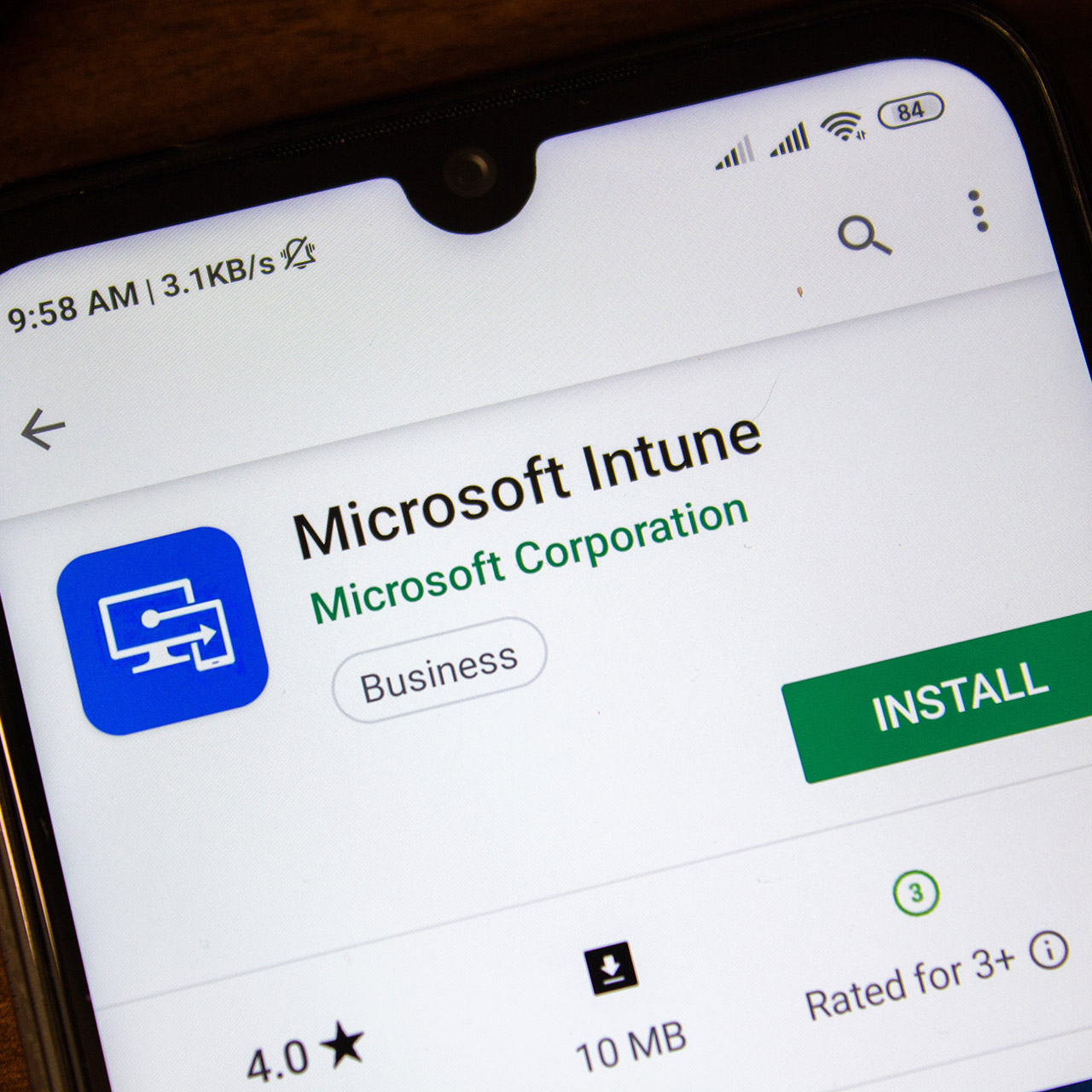This website uses cookies so that we can provide you with the best user experience possible. Cookie information is stored in your browser and performs functions such as recognising you when you return to our website and helping our team to understand which sections of the website you find most interesting and useful.
Import and Migrate GPOs to Microsoft Intune

In the rapidly evolving landscape of digital transformation, efficient device management is pivotal for any organization’s success. Microsoft Intune, a powerful cloud-based endpoint management solution, has been at the forefront of this revolution. Microsoft announced importing/migrating GPOs to Intune functionality on the road map months ago, and I’ve been eagerly waiting to see this feature become available. This feature will make the transition from traditional on-premises management to the modern cloud-based approach much easier for administrators. Let’s explore.
Microsoft References:
- https://learn.microsoft.com/en-us/mem/intune/configuration/group-policy-analytics
- https://learn.microsoft.com/en-us/mem/intune/configuration/group-policy-analytics-migrate
Understanding GPOs and Their Role
Group Policy Objects (GPOs) have long been the backbone of configuring and enforcing specific settings across a network of Windows devices within an Active Directory environment. They have provided administrators with a powerful tool to standardize configurations and security settings, ensuring compliance and operational efficiency.
However, as organizations shift towards modern cloud-based management solutions like Microsoft Intune, migrating these well-established on-premises GPOs can pose a significant challenge. Here’s where Group Policy analytics in Microsoft Intune comes into play.
Importing On-Premises GPOs
The key aspect of this feature is the ability to import existing on-premises GPOs into the Intune environment, generate a report, review, and choose which settings to migrate. This import process ensures a seamless transition of configurations from the on-premises domain to the cloud.
Post-import, Intune provides a comprehensive analysis of the GPO configurations from Group Policy Analytics. This analysis is instrumental in understanding the intricacies and dependencies of the policies being migrated and how they’ll transition to Intune. It helps administrators in making informed decisions, ensuring a smooth transition to cloud management while preserving optimal security and compliance levels.
The Settings Catalog allows administrators to create a centralized catalog of settings based on the imported GPOs. Administrators can tailor and customize settings from the imported GPOs to suit the specific needs of their organization. This feature streamlines the configuration process, making it efficient and well-organized. By centralizing configurations in a Settings Catalog, administrators gain a holistic view of the various settings available. This catalog approach allows for effective configuration management, reducing redundancy and ensuring consistency across devices.
The ability to customize settings from the imported GPOs empowers organizations to tailor policies to suit their specific requirements and adjust for a cloud management approach. This flexibility is critical in modern device management, where a one-size-fits-all approach is no longer viable.
The Future of Device Management
The ability to import and analyze on-premises GPOs paired with the Settings Catalog policy in Microsoft Intune makes the transition to Intune much easier for administrators. It bridges the gap between traditional on-premises configurations and modern cloud-based management, providing organizations with the flexibility and efficiency needed to thrive in today’s dynamic business environment.
As organizations continue to embrace digital transformation, these features will play a vital role in optimizing device management strategies, enhancing security, and ultimately contributing to the success of the organization. Embrace the future of device management with Microsoft Intune and unlock a world of possibilities for your organization. If you have questions or need assistance, please reach out to us!
This publication contains general information only and Sikich is not, by means of this publication, rendering accounting, business, financial, investment, legal, tax, or any other professional advice or services. This publication is not a substitute for such professional advice or services, nor should you use it as a basis for any decision, action or omission that may affect you or your business. Before making any decision, taking any action or omitting an action that may affect you or your business, you should consult a qualified professional advisor. In addition, this publication may contain certain content generated by an artificial intelligence (AI) language model. You acknowledge that Sikich shall not be responsible for any loss sustained by you or any person who relies on this publication.




